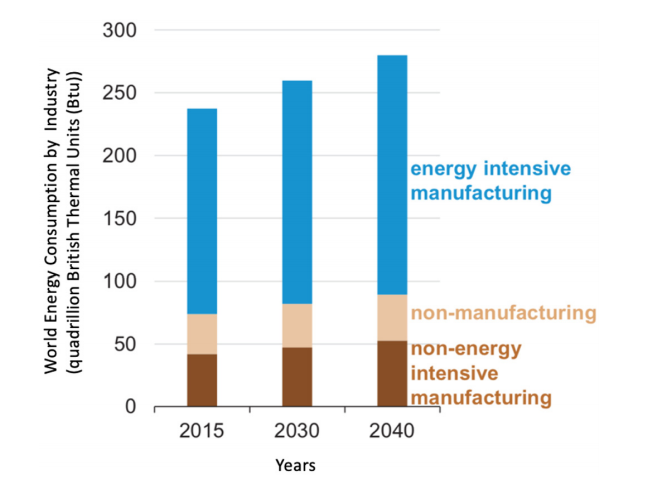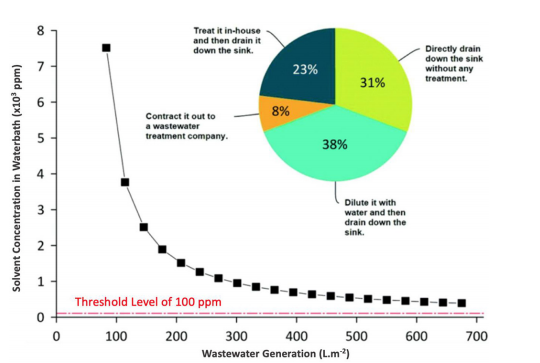Researchers from the US and Korea are delving further into the technology of water purification, releasing their findings in ‘Toward greener membranes with 3D printing technology.’ With the need for greener processes in many industries today, scientists around the world are investigating more energy-efficient techniques. Water, and the critical nature of purification for sustaining human life, is no exception.
The use of membranes continues to grow in popularity for the prevention of contamination, but as the authors point out, there are many drawbacks that still need to be solved—and improved fabrication is at the top of the list. Currently, most membranes are created through techniques like electrospinning, interfacial polymerization, and other methods such as phase inversion—extremely popular for commercial production of membranes.
“Most porous polymeric membranes are fabricated via non-solvent induced phase separation (NIPS) and thermally induced phase separation (TIPS) methods. For NIPS, the polymer solution is immersed in a non-solvent coagulation bath resulting in the exchange of solvent and non-solvent to form an asymmetric, dense surfaced membrane that can be used for reverse osmosis (RO) and nanofiltration (NF) systems,” stated the researchers.
More progressive membranes have been introduced in previous research via ‘3D printing-assisted thin film composite (TFC) membrane fabrication by electro-spraying two monomer solutions to fabricate a polyamide layer through interfacial polymerization on a polymer substrate.’ Later, the same technique was further refined to make a self-standing 3D-printed ultrafiltration (UF) membrane.
Current benefits of 3D printing for membranes include:
- Sustainability
- Risk reduction
- Affordability
- Precision
- Mobility

Effect of manufacturing on energy consumption. The image is reproduced from a previous study of U.S. Energy Information Administration.
Limitations regarding membranes lie within the 3D printing industry, according to the authors. And while production on the nano-scale is certainly present, precision becomes ‘a critical problem.’ 3D printing is obviously offering benefits to many users whether in micro- or macro- applications; however, for the production of 3D printed membranes, further evolution of the technology is necessary. This includes the need for more efficient size in hardware:
“Even for the fabrication of small-sized objects, massive 3D printers are required. Consequently, mass production of the products becomes difficult as well,” stated the researchers.
Affordability is still an obstacle also, which again the researchers attribute to the large sizes of printers and the amount of material and assembly required. Precision is another big problem for 3D printing quality membranes, as printers are created to use standard or other specific materials.
“As a greener alternative to current high-waste membrane fabrication methods, 3D printing minimizes the waste created during the production, packaging and transportation processes. Furthermore, the risks are also reduced by remote fabrication. Currently, research related to 3D-printed membranes is still in its infancy,” concluded the researchers. “However, as 3D printing itself continues to develop, membrane fabrication utilizing the technology will also develop and will be commonly applied in water treatment and desalination plants.
“Researchers should pay further attention to 3D-printed membranes by considering their major contributions as a sustainable, risk-reducing, cost-effective, precise and mobile fabrication method for a greener environment.”

Calculated solvent concentration in the wastewater during conventional membrane fabrication processes with the threshold level for requiring an appropriate treatment prior to disposal or reuse. This figure shows the outcome of a survey conducted by Razali et al. about how membrane manufacturing companies dispose of coagulation bath wastewater. The image is reproduced from Ref. [18] – Published by The Royal Society of Chemistry.
Subscribe to Our Email Newsletter
Stay up-to-date on all the latest news from the 3D printing industry and receive information and offers from third party vendors.
You May Also Like
Profiling a Construction 3D Printing Pioneer: US Army Corps of Engineers’ Megan Kreiger
The world of construction 3D printing is still so new that the true experts can probably be counted on two hands. Among them is Megan Kreiger, Portfolio Manager of Additive...
US Army Corps of Engineers Taps Lincoln Electric & Eaton for Largest 3D Printed US Civil Works Part
The Soo Locks sit on the US-Canadian border, enabling maritime travel between Lake Superior and Lake Huron, from which ships can reach the rest of the Great Lakes. Crafts carrying...
Construction 3D Printing CEO Reflects on Being Female in Construction
Natalie Wadley, CEO of ChangeMaker3D, could hear the words of her daughter sitting next to her resounding in her head. “Mum, MUM, you’ve won!” Wadley had just won the prestigious...
1Print to Commercialize 3D Printed Coastal Resilience Solutions
1Print, a company that specializes in deploying additive construction (AC) for infrastructure projects, has entered an agreement with the University of Miami (UM) to accelerate commercialization of the SEAHIVE shoreline...






























